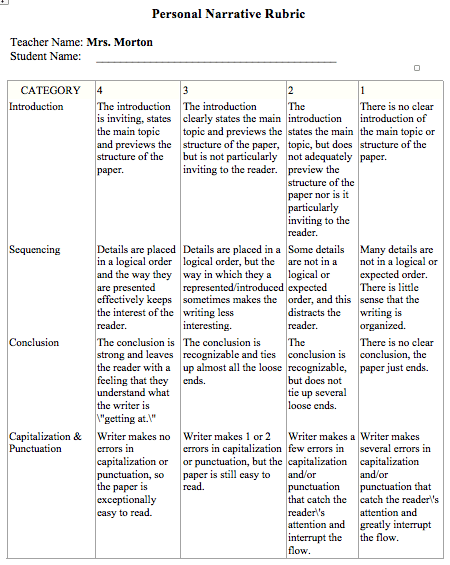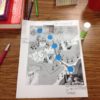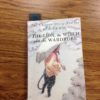Descriptive Language Through “The Lion, the Witch and the Wardrobe”
Developed by Terri Morton
Smith Middle School, Vandalia
Language Arts
Grade Level: 5
Introduction
The use of descriptive language is a hallmark of the writings of good authors. It is a skill that many young writers find illusive. Because they do not have a grasp of the use of varying kinds of simple and complex sentences, they tend to repeat simple sentence constructions over and over again, until they realize there are other ways to build them. A skillful teacher, like Terri Morton from Smith Middle School in Vandalia, Ohio, found a wonderful tool at the Muse Machine Summer Institute 2016 that she used with her 5th grade language arts students. She constructed a River Story template for them to use that adeptly leads them through the ways to put together sentences that make them colorful and interesting! She based the lesson on the children’s story of The Lion, the Witch and the Wardrobe by C.S. Lewis. Kudos to her! We know that you will find her method interesting and useful for your own instructional process.
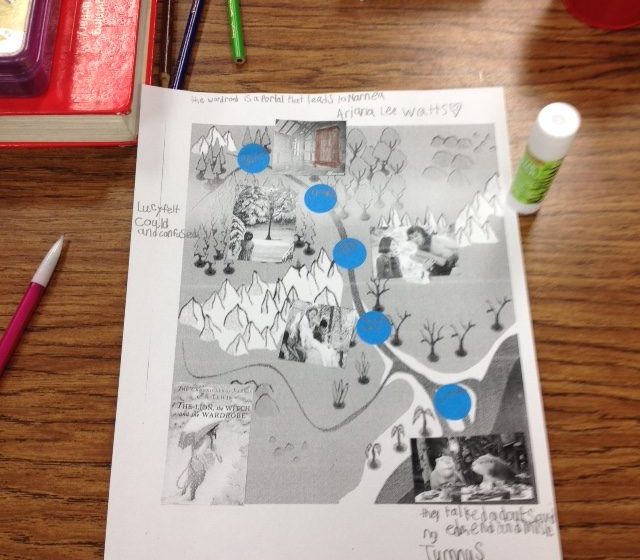
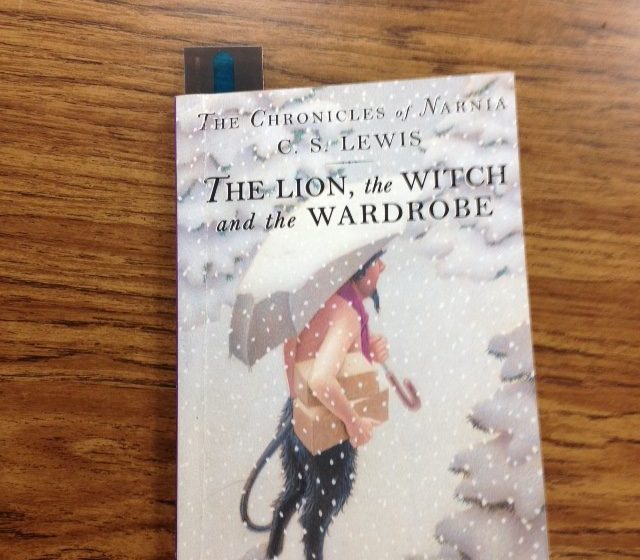
Non-Arts Discipline
Language Arts – Reading and Writing
Strand/Process
W.5.3a, orient the reader by establishing a situation and introducing a narrator or characters, organize an event sequence that unfolds naturally.
W.5.3b, use narrative techniques such as dialogue, description and pacing to develop experiences and events or show the responses of characters to situations.
W.5.3c, use a variety of transitional words, phrases and clauses to manage the sequence of events.
W.5.3d, use concrete words and phrases and sensory details to convey experiences and events precisely.
W.5.3e, provide a conclusion that follows from the narrative experience or events.
Content Statement
Enduring Understandings
Writers share information, opinions and ideas through multiple ways. Knowledge of different genres supports student’s understanding and writing of text and structures. This allows them to communicate in appropriate and meaningful ways to achieve their intended purpose for their audience.
Level of Inquiry (confirmation/structured/guided/open) Circle and describe
Structured because students were provided scaffolds to help with the learning.
Arts Discipline
Reading
Content Statement
Enduring Understandings
Imaginative texts can provide rich and timeless insights into universal themes, dilemmas, and social realities of the world in which we live. Literal text represents complex stories in which the reflective and apparent thoughts and actions of human beings are revealed. Life, therefore, shapes literature and literature shapes life.
Progress Points
- Listen to the novel, identify the genre
- Unfamiliar words were projected on the screen to aide in students understanding
- Students were provided a “River” to place events
- Students will use transition words in which to sequence events
- Students were given the option to choose a character and describe the relative details about the setting, plot, problem/solution and climax.
- Students discussed the theme and social realities of the novel
- Students were assessed by taking an Accelerated Reader quiz
Strand/Process
R.L.5.2 Determine a theme of a story, drama, or poem from details in the text, including how characters in a story or drama respond to challenges or how the speaker in a poem reflects upon a topic and summarize the text. R.L.5.3 Describe in depth a character, setting or event in a story or drama, drawing on specific details in the text (e.g. a character’s thought, words or actions)
Essential Questions
• How do writers develop real or imagined experiences or events using effective techniques, descriptive details, and clear event sequences?
• How do readers communicate experiences or events using descriptive details with a well-structured sequence of events?
Content Elaborations
Students will learn …
To develop simple and compound sentences to form a cohesive paragraph with a topic sentence, significant details and a relevant conclusion using transitional words.
Expectations for Learning
Students will demonstrate this learning by…
Creating their narrative from the events listed. The (River Story) tool will enable them to write at least one paragraph narrative, sequential writing piece of art.
Instructional Strategies
Following teacher modeling all steps of the River Story.
Students will follow the step by step power point projected on the smartboard, stopping when need arises to assist all learners. Students will have a “River” and blue dots to place on the “River” for each event.
Assessment (Pre and/or Post)
Peer editing, self-editing and using the rubric.
Materials & Resources
Materials list for Students:
- White construction paper
- Self-adhesive dots
- Colored pencils
- Regular lead pencils
- River
Key Vocabulary
Students are familiar with writing process words, mechanics, transitional words and phrases and key words of the story.
Student Performance Tasks
- Students will copy the river from the power point.
- Then the students will place the first dot at the mouth of the river and labeled as the Wardrobe.
- The second dot will be placed at the delta of the river labeled as “The Beavers.”
- Students will proceed placing three more dots on the bank of the river labeling to represent three additional events.
- Once they have written these phrases, then they will write sentences to represent these experiences.
Career Connections
Students will participate collaboratively with other students, they will appreciate others opinions and viewpoints in their individual experiences.
Diverse Learners
Strategies for meeting the needs of resource students is based on IEP accommodations and observation of needs. (IEP accommodations include (but not limited to) small group instruction, extended time, read aloud.
Interdisciplinary Connections
The River Story presented by Ping Chong and Company inspired me to use their strategy to develop writing experiences. The students used their River Story as a graphic organizer.
Technology Connections
The Smart Board projector was used to display the “River” and demonstrate the placement of the blue dots.
Home/At Work Connections
Students will be sharing their River Story tool with parents before they develop a paragraph.
Personal Narrative Rubric
